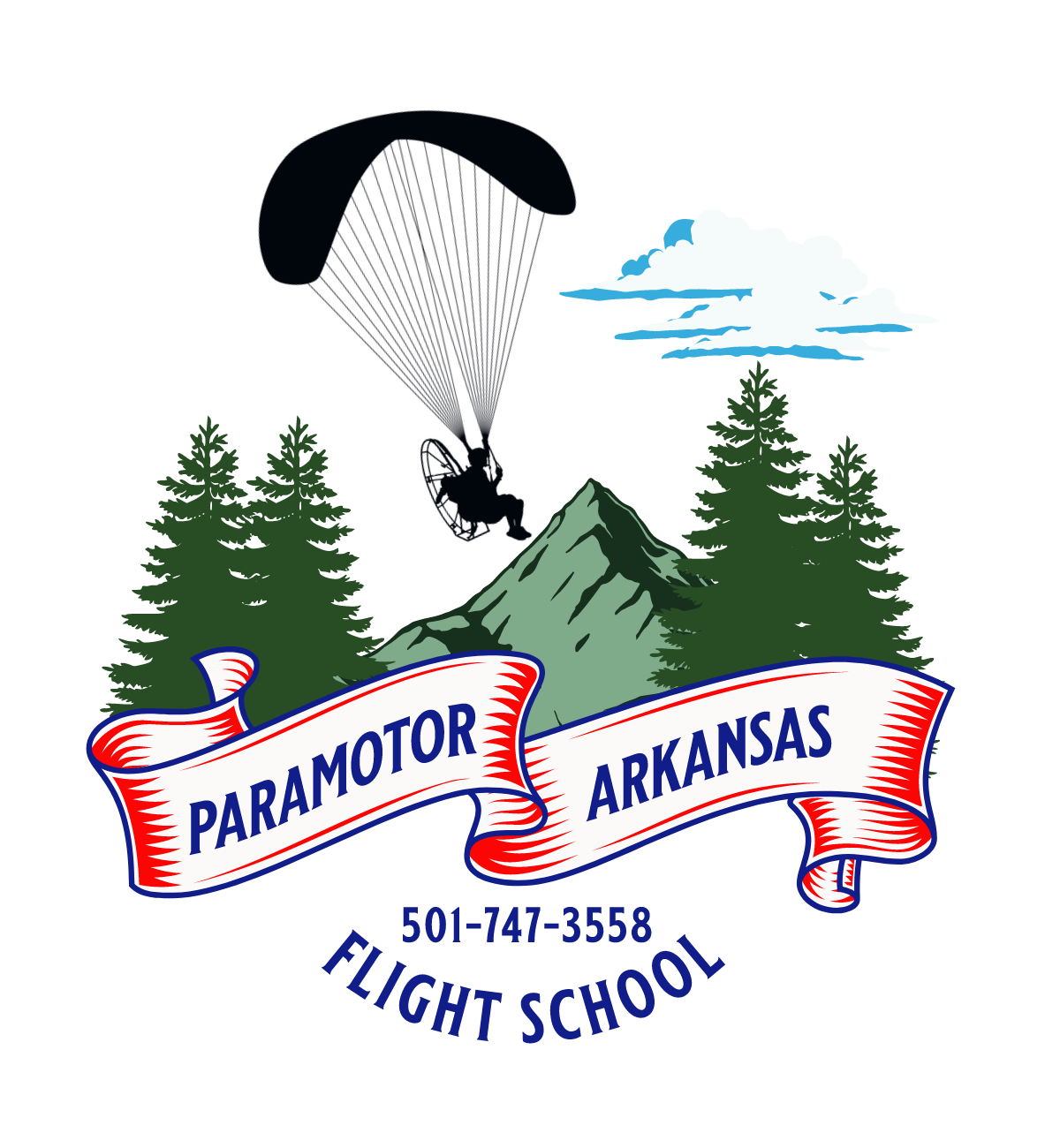What equipment do I need for paramotoring?
Equipping yourself with the right gear is crucial for a safe and enjoyable paramotoring experience. Here's a detailed guide on the essential equipment you'll need for paramotoring:
-
Paramotor Unit:
- The paramotor unit consists of the engine, frame, harness, and propeller. Choose a paramotor unit that suits your skill level, weight, and flying goals. Common engine options include brands like Moster, Atom, and Vittorazi.
-
Paraglider Wing:
- Selecting the right paraglider wing is critical. Wings vary in size, design, and purpose. Your instructor can help you choose a wing that matches your skill level and intended use. Brands like Ozone, Dudek, and Gin are popular among paramotor pilots.
-
Reserve Parachute:
- A reserve parachute is a crucial safety component. It acts as a backup in case of a primary wing failure. Ensure that the reserve parachute is properly packed, regularly inspected, and meets safety standards.
-
Helmet:
- A certified paramotor helmet is essential for protecting your head during takeoff, landing, and in-flight. Look for a helmet with good impact resistance, a comfortable fit, and proper ventilation.
-
Communication System:
- Depending on your preferences and local regulations, you might need a communication system. This could include a two-way radio or a helmet-mounted communication setup for staying in touch with other pilots.
-
Flight Suit:
- A flight suit or paramotoring-specific clothing protects you from the wind and potential abrasions during takeoff and landing. Choose a suit that provides comfort, freedom of movement, and adequate protection.
-
Gloves:
- Quality gloves protect your hands during ground handling and in-flight. Look for gloves that offer a good grip, protection against wind chill, and durability.
-
Footwear:
- Sturdy and supportive footwear is essential for takeoff and landing. Choose shoes with good ankle support and a non-slip sole. Some pilots prefer boots designed specifically for paramotoring.
-
Windsock:
- A windsock helps you assess wind direction and speed, aiding in safe takeoff and landing. It's a valuable tool for evaluating conditions at your launch site.
-
Fuel Container:
- Depending on your paramotor's fuel system, you may need a suitable fuel container for transporting premixed fuel to your launch site.
-
Navigation and Safety Instruments:
- Consider instruments like a GPS device, altimeter, and variometer for navigation and safety. These instruments provide valuable information about your altitude, vertical speed, and location.
-
Carabiners and Quick Links:
- Carabiners and quick links are used to connect your harness to the risers of the paraglider. Ensure that they are strong, secure, and regularly inspected.
-
Tool Kit:
- Carry a basic toolkit with essential tools for paramotor maintenance and adjustments. This can include screwdrivers, wrenches, and other tools specific to your paramotor model.
-
First Aid Kit:
- A compact first aid kit is important for addressing minor injuries or emergencies. Include items like bandages, antiseptic wipes, and any personal medications you may need.
-
Storage and Transportation:
- Invest in a secure and suitable storage solution for your paramotor, wings, and equipment. A paramotor bag or case can protect your gear during transport and storage.
Before making any purchases, consult with your instructor or experienced paramotor pilots for personalized advice based on your specific needs and flying goals. Regularly inspect and maintain your equipment to ensure its reliability and safety.
